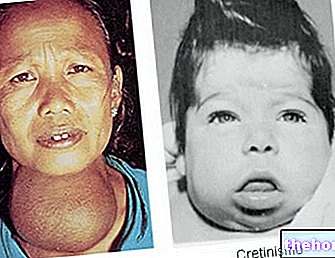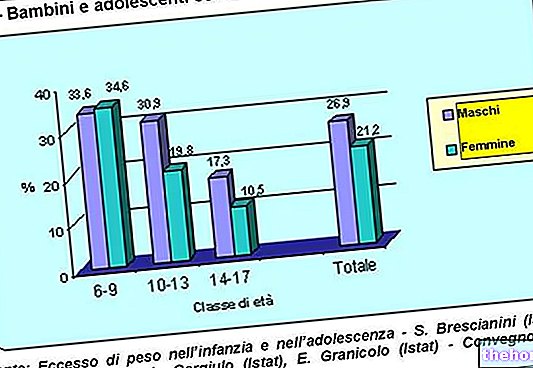One of the most frequent concerns among new mothers concerns the ability to produce milk in quantities appropriate to the growth needs of the newborn - infant.
The first milk secreted after childbirth - in rather small quantities compared to the subsequent stages of breastfeeding - is called colostrum. It is a more yellow and dense liquid than the following milk, characterized by a greater presence of mineral salts and proteins (especially those of the whey), but poorer in fats and sugars; it is also a "defense" milk, because it is rich in antibodies with a remarkable protective capacity against infections, especially intestinal ones.

During this first phase, lasting 5-6 days, it is completely normal to find a weight loss of the newborn of about 5-10%, linked to the stress induced by childbirth and the loss of fluids with faeces (meconium), breathing, sweat and urine.
During the first week, the colostrum gradually changes its composition, until it reaches that of the so-called "mature" milk. This result is achieved by passing through an intermediate stage (between the 5th-6th and the 10th day), in which the milk is defined as "transition". During this phase, the quantity of milk secreted progressively increases, while proteins and mineral salts decrease and the percentage of fats and carbohydrates increases.
Around the 5th day of life of the newborn, the mother produces about 480 ml of milk, while after one month an average of 750 ml of milk is produced (570-900 ml / day). By dividing these quantities by the number of daily feedings - quite variable from one infant to another as regards duration and frequency, and, at the same time, in relation to the period - we obtain the indicative quantity of milk taken at each feed.
How to tell if your baby is getting enough milk
- Crying is a late sign of hunger. The newborn may manifest the need to latch onto the breast with earlier symptoms, such as opening the mouth, sucking fists, moving the eyes under the eyelids, making noises or moving the head from side to side.
- The signs that the baby is getting adequate amounts of breast milk during feedings are:
at least 3 bowel movements per day after the 1st day
lumpy yellow discharges from the 5th day
at least 6 urinations per day from the 4th day, with clear or light yellow urine
is satisfied and content after feedings
swallowing sounds during breastfeeding
absence of weight loss after the 3rd day
they grow about 20-35 grams per day starting from the 5th day
recovery of birth weight from the 10th day
evident increase in texture, weight and size of the breasts, and evident increase in quantity
and milk quality from the 5th day
the nipples show no signs of injury
breastfeeding removes the sensation of fullness of the breasts - The signs that the baby is getting inadequate amounts of breast milk during feedings are:
the weight gain of the newborn is less than 18 g per day, 125 g per week or 500 g per month; the weight at 15 days of life is less than that recorded at birth; the infant urinates less than 6 times a day , with pungent and concentrated urine (dark yellow tending to orange), and evacuates hard, dry and infrequently:
In addition to experiencing reduced weight gain, the poorly fed infant may cry often, remain too long on the breast, appear lethargic, and dissatisfied at the end of a feed, or refuse the breast.






.jpg)





















